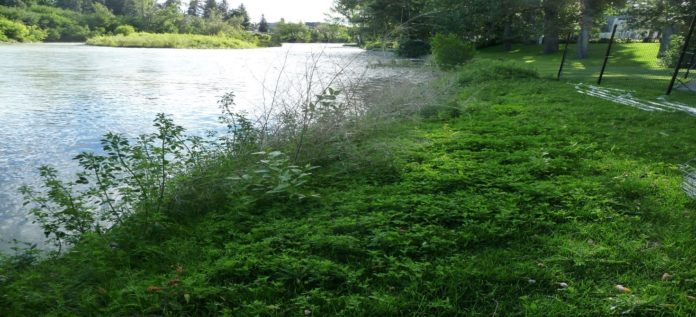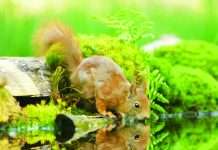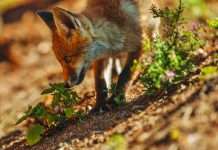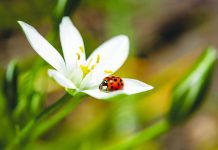Now that we are moving into the season of warmer weather, residents on a leisurely walk along Calgary’s rivers, creeks, and even storm ponds may notice certain features of the landscape such as riparian areas (or riparian zones). Riparian areas are transitional areas adjacent to water bodies (streams, rivers or lakes) and the surrounding uplands. The interaction between the land and the water and the moisture content in the soil in riparian areas help to create distinct plant communities. Healthy riparian areas are great habitat for songbirds and waterfowl, deer, beaver, amphibians, invertebrates (bugs), and even help improve habitat for fish in the river by providing shade. These areas also improve water quality by trapping sediment, controlling erosion with the deep roots of riparian plants, filtering out contaminants, and lessening the impact of floods and droughts due to their absorption and huge water storage capacity. Not only are these areas beautiful and often provide great recreational value, there are also economic benefits to having a healthy riparian area. These include a reduced risk of damage from flooding, improved aquatic habitat to support our sport-fishing industry, and reduced costs of water treatment due to lower sediment levels in the river.
Healthy Riparian Plant Communities
A healthy riparian plant community has a plentiful, wide variety of plants and very little bare ground. It has an abundance of native plant species, from seedlings & saplings to mature trees, multiple deep-rooted plants that stabilize and hold together stream banks and shorelines. In the Calgary region, riparian tree species include balsam poplar, aspen poplar, and white spruce. Local riparian woody shrubs include sandbar willow, Bebb’s or beaked willow, yellow willow, pussy willow, Saskatoon bushes, prickly rose, silverberry/wolf willow, red osier dogwood, wild gooseberry, wild red raspberry, golden currant, Canada buffaloberry, and choke cherry. Sedges and rushes are other plant species found in healthy riparian areas. While these may look like grasses, they are actually different and are generally better at protecting the shoreline from erosion than non-native or disturbance-caused grass species like Kentucky Bluegrass or Quack Grass. For identification purposes, “sedges have edges” is a useful reminder that sedges have triangular stems while rushes have round stems.
Urban Stewardship Activities That Promote Healthy Riparian Areas
When riparian areas are impacted by natural causes, such as flooding, they can usually recover over time on their own. However, changes made to these areas by people, and over-use of these areas can lead to the need for remediation and restoration work. In 2018, Calgary River Valleys (CRV), an independent non-profit organization, restored a section of the Elbow River riparian area with volunteer gardeners, in cooperation with a river-adjacent homeowner. This year we will be monitoring this site for how it succeeds and will also be restoring another riparian area along the Elbow River, with funding from the City of Calgary Water Resources and other funders. If you would like more information about this project or other work CRV does, or if you live adjacent to the Bow or Elbow River and are interested in learning how you can assess or improve the health of the riparian area your river-edge property, contact us by phone at (403) 268-4632, or email at [email protected]. You can also find more information on our website at CalgaryRiverValleys.org.










